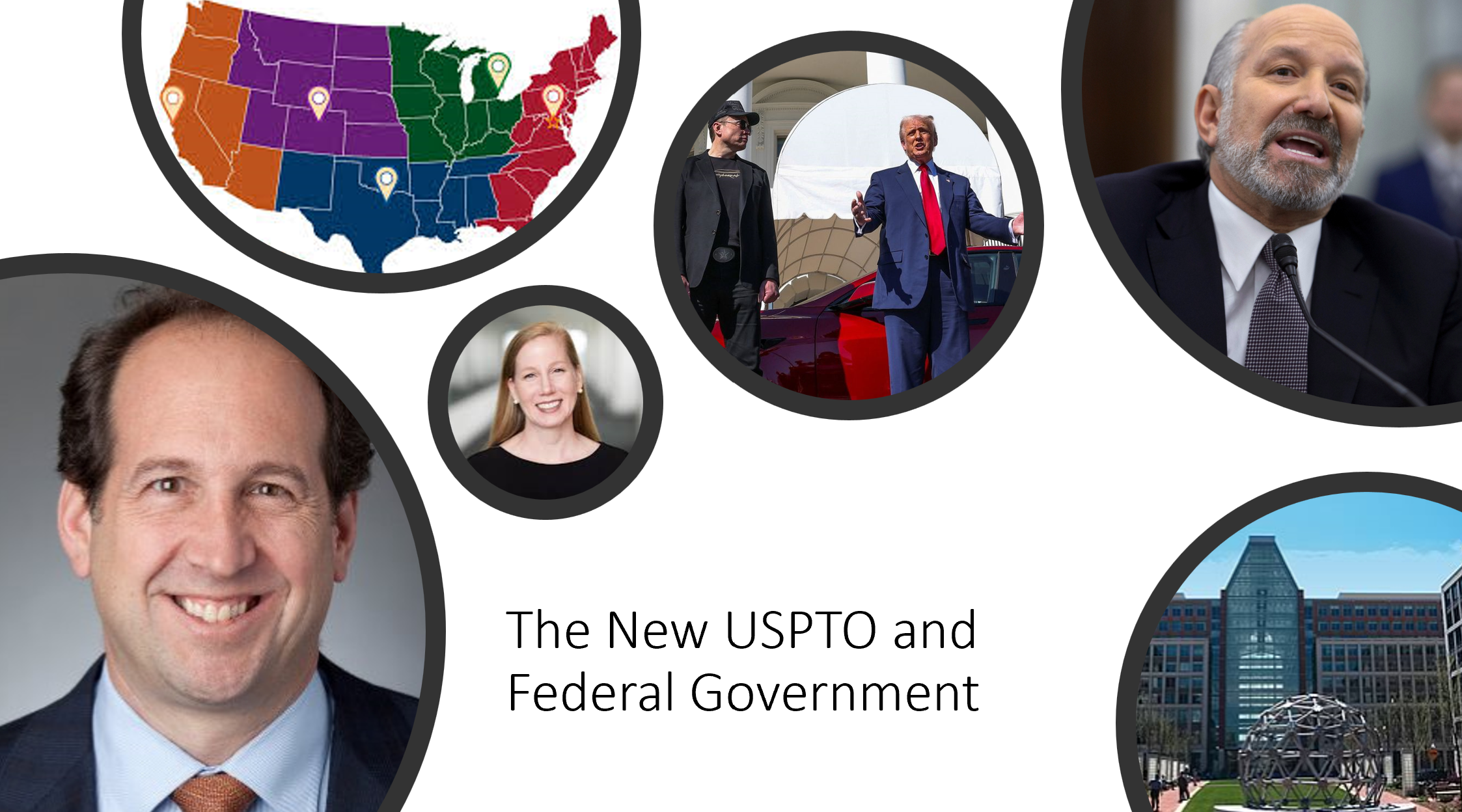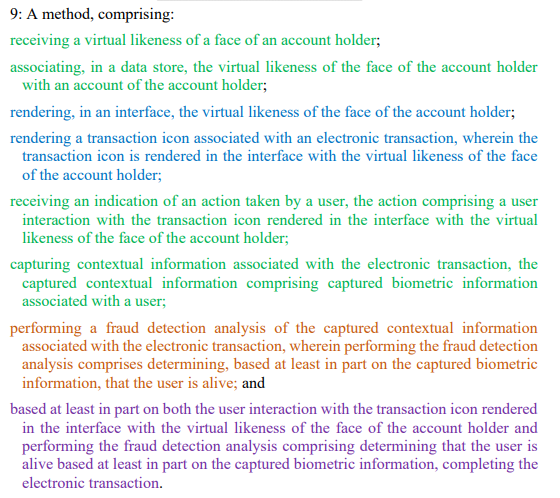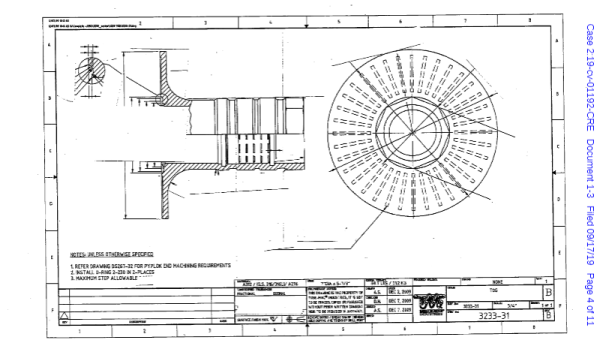by Dennis Crouch
Maquet Cardiovascular LLC v. Abiomed Inc., 2023-2045 (Fed. Cir. Mar. 21, 2025)
This new decision is a good read for patent prosecutors and litigators. The decision somewhat limits use of prosecution history for claim construction across patent families -- and ultimately vacates the district court judgment of non-infringement. The case offers something of a roadmap for patent prosecutors to avoid prosecution disclaimer spreading across family members.
Maquet Cardiovascular owns U.S. Patent No. 10,238,783 claims an integrated guide mechanism for deploying blood pumps to specific locations in a patient's circulatory system. The integrated guide eliminates the need for supplemental guiding mechanisms. Maquet sued Abiomed for infringement of several claims of both the '783 patent and its parent, U.S. Patent No. 9,789,238.
The district court claim construction turned heavily on prosecution history from family member patents. Specifically, the district court added two key negative limitations to the disputed claim terms based on prosecution disclaimer: (1) the "guide wire lumen is not distal to the cannula," derived from prosecution of the parent ’238 patent, and (2) the "guide wire does not extend through the free space in between the rotor blades," based on prosecution history from the great-great-grandparent ’728 patent.
To continue reading, become a Patently-O member. Already a member? Simply log in to access the full post.







